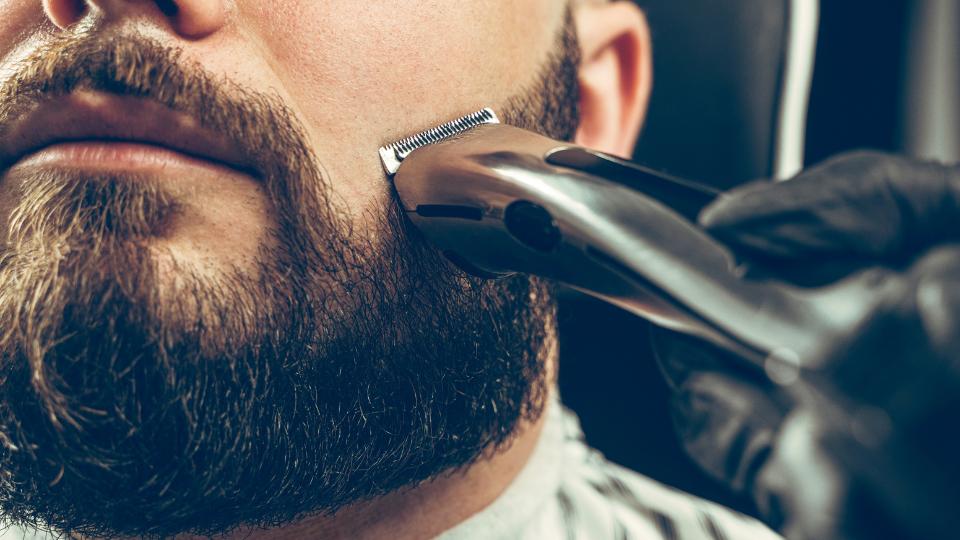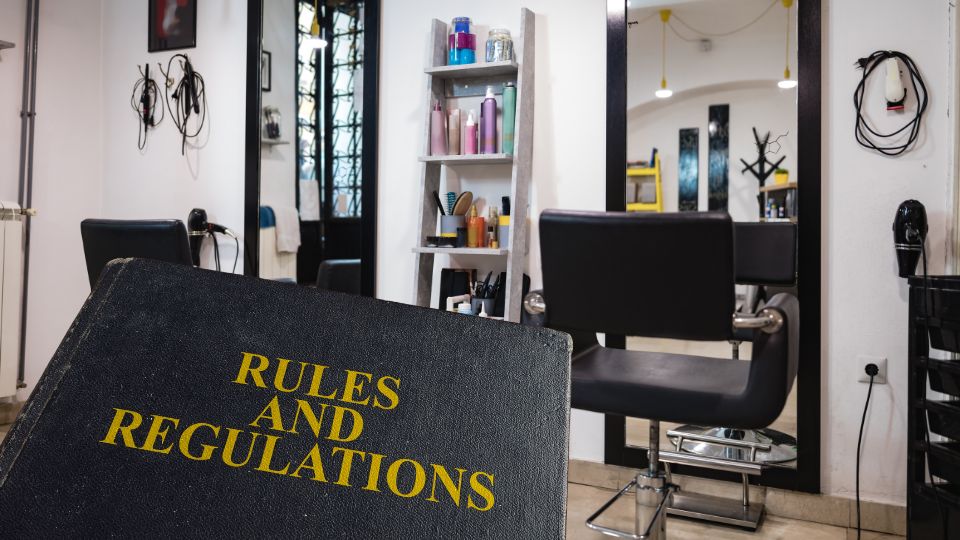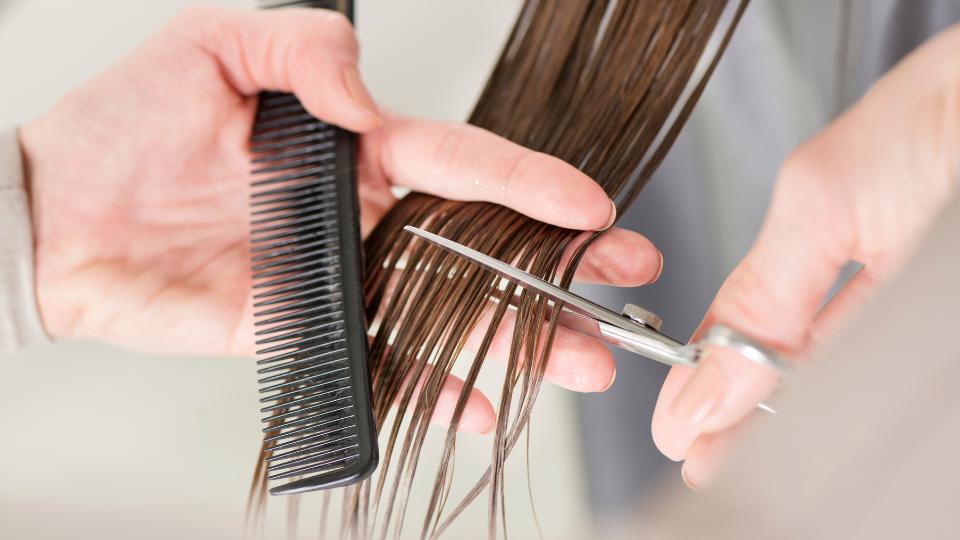
For hairdressers, barbers, and other beauty salons, an often-overlooked aspect of running a business is waste management, particularly the disposal of hair waste!
The generation and disposal of hair waste pose unique challenges, but with the right approach, you can manage it responsibly.
By having effective hair salon recycling practices, your business can minimise its environmental impact and contribute positively to sustainability efforts.
Following these simple steps will help the environment and will demonstrate your commitment to eco-friendly practices, making a big difference for your business and the planet.
Table of Contents
- What is Hair Waste?
- The Impact of Hair Waste
- Hair Waste Regulations in the UK
- How to Recycle Hair Waste
- How to Sustainably Dispose of Hair Waste
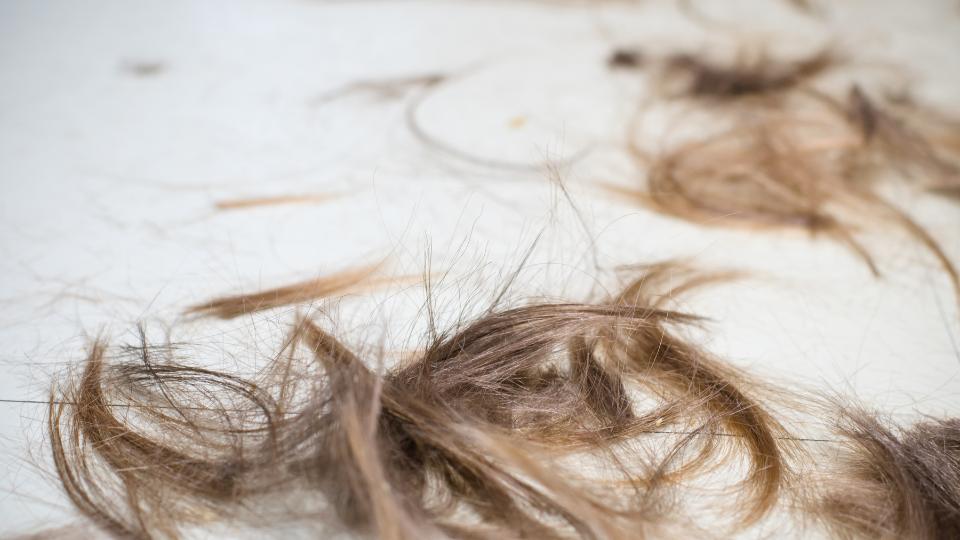
What is Hair Waste?
By hair waste, we mean hair that is any discarded or wasted that accumulates during the operations of running a hairdressing business, including hair salons, barber shops, or even pet groomers!
Hair waste includes cut hair, clippings, hair extensions, beard shavings or any other hair removed from our bodies or our pets.
Hair waste is often overlooked but it can lead to many environmental problems if it is not managed effectively by business owners.
You can recycle hair waste in your salon by following the simple steps in this blog!
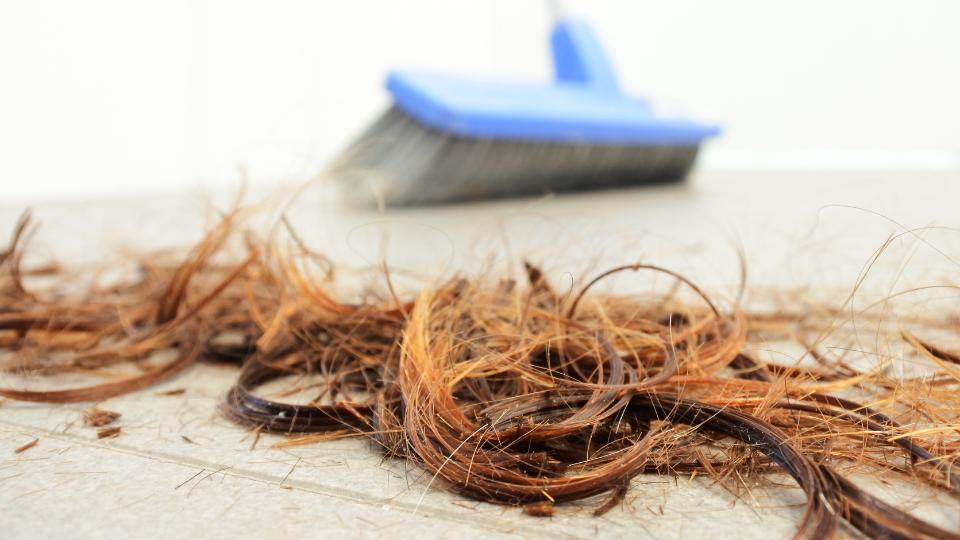
The Impact of Hair Waste
It’s easy to overlook hair waste, it quite literally can be swept under the rug!
However, as a business owner in the hair industry, you should be conscious of its impact.
Fun fact: hair is not biodegradable!
Unlike food waste or paper which tend to break down relatively quickly, hair decomposition is a slow process that usually takes several years to complete.
The inherent durability of discarded hair means that it can survive in the natural environment long after it’s been swept away from the salon chair.
One of the most immediate concerns of hair waste is the risk of clogged drains, particularly in facilities where hair accumulates in large quantities – like your hair salon!
Hair clippings can intertwine and form dense masses that obstruct plumbing systems, leading to costly repairs and disruptions to business operations.
Inadequate disposal methods of hair can result in hair waste getting into waterways, where it poses a big threat to aquatic life.
As hair breaks down over time, it releases microplastics and other pollutants into the water, contributing to water pollution and endangering marine life.
By raising awareness and disposing of hair waste properly, you can have a more positive environmental impact.
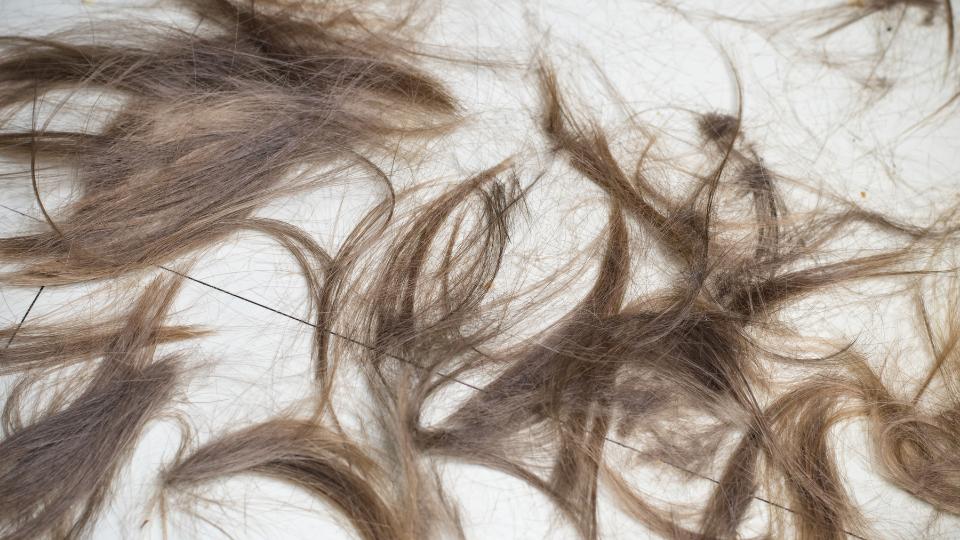
Hair Waste Regulations in the UK
There are lots of regulations you should consult your waste broker with in regards to the way you dispose of your commercial waste.
Here are three of the most notable hair waste regulations in the UK:
1. Environmental Protection Act 1990
This act provides the legal framework for waste management and pollution control in the UK.
By setting out the responsibilities of businesses regarding the safe handling, storage, transport, and disposal of various types of waste, including hair waste.
Business owners need to comply with the provisions of this act to ensure they manage their waste in an environmentally responsible manner.
2. Waste (England and Wales) Regulations 2011
These regulations implement EU directives on waste management and establish requirements for waste prevention, recycling, and disposal in England and Wales.
Businesses must adhere to these regulations, which may include obligations related to the segregation, treatment, and recycling of different types of waste, including hair waste.
3. Health and Safety at Work Act 1974
This act imposes general duties on employers to ensure the health, safety, and welfare of their employees and others affected by their activities.
Businesses handling hair waste must comply with health and safety regulations, which may involve providing suitable training, equipment, and control measures to protect workers from hazards associated with handling and processing hair waste.
These are just a few examples of the laws and regulations that may be relevant to businesses in the UK dealing with hair waste.
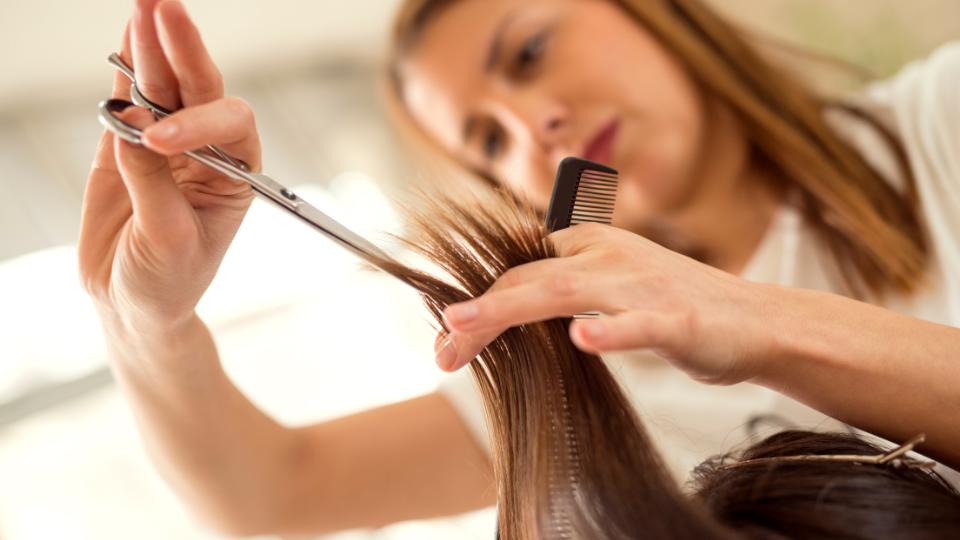
How to Recycle Hair Waste
This section provides practical insights and strategies for salon owners to effectively manage hair waste, from segregation to sustainable disposal methods, ensuring a positive impact on both their businesses and the planet!
Segregation
You need to make sure you’ve got good systems in place to separate hair waste from the rest of your commercial waste, like general waste, dry mixed recycling, food waste or anything else.
We recommend having colour-coded bins around your salon, and printing out infographics for the front of the bin so your staff know what can and can’t go in each container.
Have a separate box for your hair waste clippings so that it’s easy to donate to companies to recycle.
Reuse and Recycle
Explore opportunities for reusing or recycling hair waste.
Some of our clients have chosen to participate in programmes that collect and recycle hair waste to solve needs in other industries.
Did you know that hair waste can be used for oil spill cleanups?
TikTok is increasingly becoming a more popular search engine, it could be useful to use this to your advantage and find out what other hairdressers and barbers are doing with their hair waste!
Professional Collection Services
Get a quote today!
We ensure compliance with regulations and offer lots of sustainable disposal methods for all of the commercial waste your hair salon might produce.
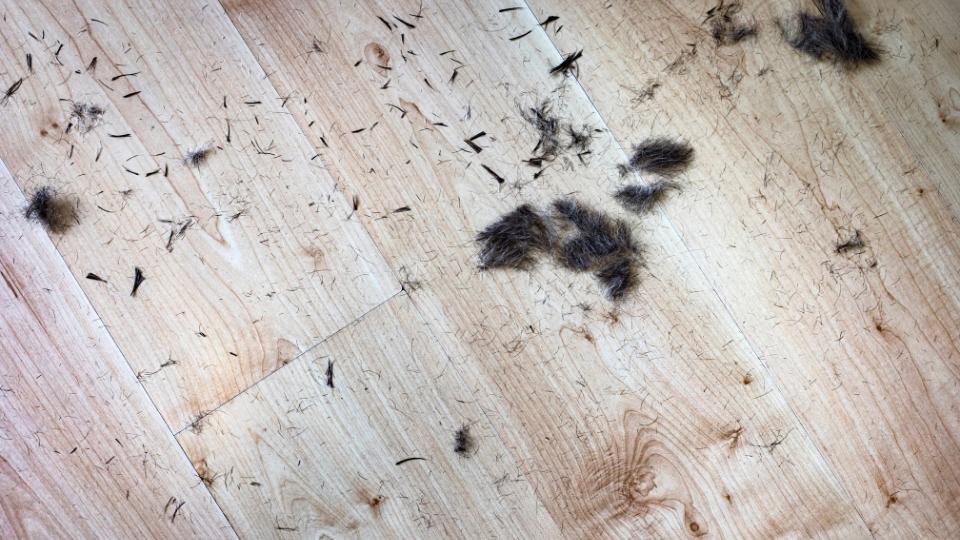
How to Sustainably Dispose of Hair Waste
Normally, your hair salon will usually dispose of hair waste in your general waste bin.
But keep reading to see some more sustainable methods to dispose of hair and reduce waste in your salon.
Composting Hair Waste
Hair, being rich in nitrogen, can serve as an excellent component of compost.
When mixed with other organic materials, hair can contribute to nutrient-rich compost that benefits gardens and agriculture.
To compost hair effectively, business owners should ensure that the hair is clean and free from any contaminants before incorporating it into their compost piles or bins.
Additionally, mixing hair with other organic materials, such as food scraps, garden waste, and leaves, and regularly turning the compost pile to facilitate aeration and decomposition will help maximise the nutrient contribution of hair to the composting process.
Biodegradable Packaging and Products
Hair waste, particularly hair clippings, can be repurposed to manufacture biodegradable packaging materials and eco-friendly products.
Biodegradable packaging made from hair fibres offers a renewable alternative to conventional plastics, reducing reliance on fossil fuels and minimising environmental pollution.
Biofuel Production from Hair Waste
Hair waste contains organic compounds that can be converted into biofuels through biochemical processes such as anaerobic digestion or pyrolysis.
Anaerobic digestion involves the decomposition of organic matter by microorganisms in the absence of oxygen, resulting in the production of biogas, a renewable energy source rich in methane.
Pyrolysis, on the other hand, subjects organic materials to high temperatures in the absence of oxygen, producing bio-oil, biochar, and syngas.
By exploring biofuel production options, hair salons can contribute to the development of sustainable energy solutions while reducing their environmental footprint.
If you’re a bit confused about how your salon can get involved with sustainable disposal options, feel free to get in touch with us for more information!
Animal Bedding and Insulation
Hair waste can be a natural, biodegradable alternative to conventional animal bedding materials such as straw or wood shavings.
Cleaned and sanitised hair clippings can provide comfortable bedding for livestock and pets, offering insulation and moisture absorption properties.
Additionally, hair fibres can be incorporated into insulation materials for buildings, contributing to energy efficiency and reducing reliance on synthetic insulation products.
By repurposing hair waste for animal bedding and insulation, businesses can support sustainable agricultural practices and green building initiatives.
Textile Recycling
Hair fibres possess unique properties that make them suitable for textile applications, including thermal insulation, moisture absorption, and durability.
By collaborating with textile recycling companies like Human Material Loop. By participating in hair salon recycling, you can divert their waste hair clippings from landfills and contribute to the production of eco-friendly textiles and non-woven materials
These recycled textiles can be used in various applications, including apparel, upholstery, and automotive components, offering a sustainable alternative to conventional textile production methods.
Have we missed anything? Be sure to tag us in your thoughts @WasteManaged!
